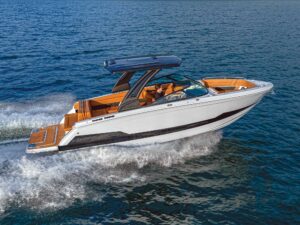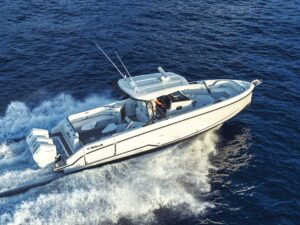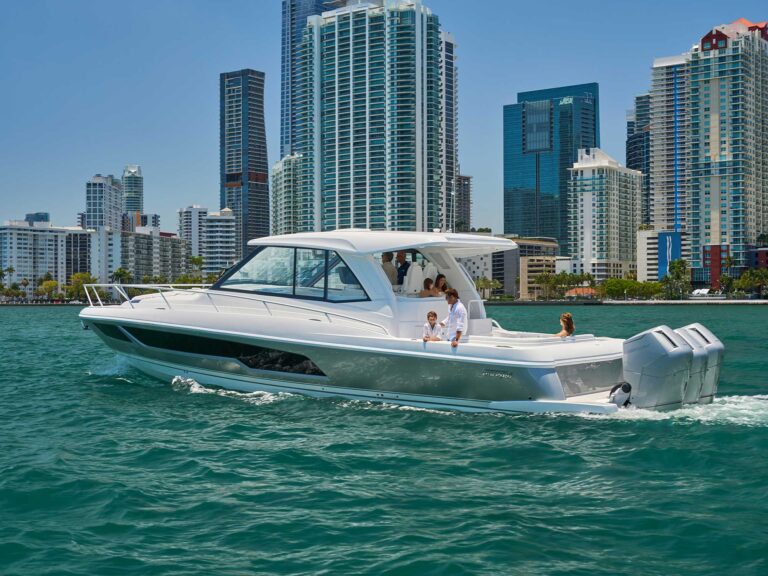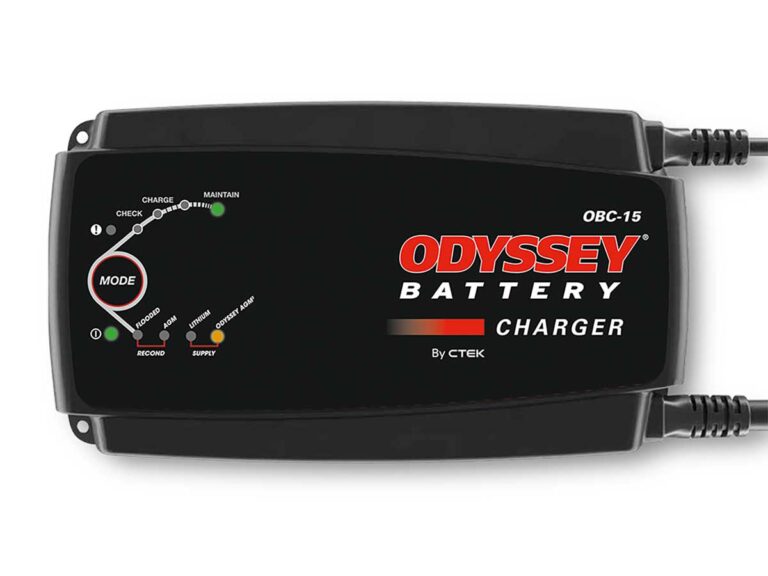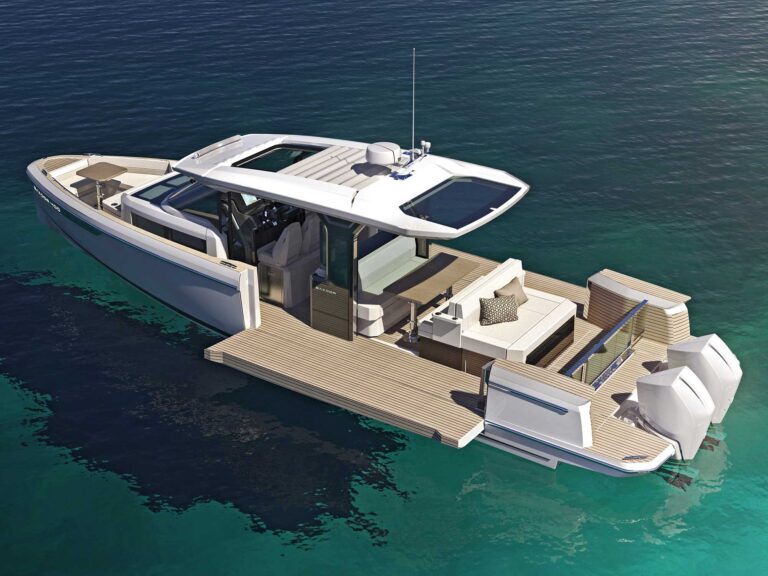Q. Why are CHIRP fish finders best for fishing?
A. CHIRP (compressed high-intensity radiated pulse) proves to be a quantum leap over traditional fish finders, and it has revolutionized both commercial and sport fishing.
Traditionally, fish finders used a single frequency such as 200 kHz, 50 kHz, or a combination of both. CHIRP fish finders provide a signal that sweeps over a wide band of frequencies. This is similar to having multiple fish finders each working on a different frequency. The result is a high-resolution picture revealing bottom detail and fish that would otherwise remain unseen.
CHIRP normally operates in three different frequency ranges depending on the depths you ply and the type of fish you hunt. Popular chirp bands include low (25 to 60 kHz) for depths over 600 feet, medium (85 to 135 kHz) for depths under 600 feet, and high (130 to 210 kHz) for under 600 feet with greater detail. Your dealer or other fishermen in your area can best advise you on which is best for your situation.
I have found that CHIRP fish-finder returns are best viewed on displays with large, high-resolution screens.
Benefits of CHIRP Fish Finders
CHIRP increases underwater graphic details and fish-finding ability as a result of continuously sweeping a band of individual frequencies to build an enhanced picture of the bottom, bait, fish and submerged objects. By comparison, a standard fish finder operating with a single or two frequencies is like shooting at a target with a single-shot rifle, while a CHIRP fish finder can be likened to firing an automatic weapon and peppering the target with multiple shots.
Multifunction displays with built-in chirp capability, stand-alone CHIRP fish finders, and chirp add-on processor modules that can be added to system displays are available in a variety of prices, sizes and capabilities for any size boat or budget. Likewise, there is a wide selection of CHIRP transducers available to work with your chirp fish finder.
Transducer types include through-hull, transom-mount, tilted element (which does not require a fairing block), inside-the-hull mount and trolling-motor mount. Between these, one can accommodate any boat’s hull or mounting situation.
CHIRP Benefits
CHIRP fish-finder benefits include the following:
– Sharper and larger fish arches to identify your prey.
– Watch how fish respond to your bait.
– Help differentiate fish size and species.
– Better bottom tracking at higher speeds while reading to deeper depths.
– Better separation of target images.
– Decreased surface and water-column noise clutter and false targets on your screen, which tend to mask and hide target fish.
Different Bands for Different Purposes
High CHIRP band (130 to 210 kHz) is ideal for bay, inlet, coastal, inland and freshwater fishing. It is good for baitfish and gamefish, including squid and cod, primarily in depths of 300 to 600 feet. High CHIRP covers the popular and traditional fishing frequency of 200 kHz.
Medium CHIRP band (85 to 135 kHz) works best for depths under 600 feet. It reveals a wider coverage area at the cost of somewhat less detail than high CHIRP. It’s a good all-around frequency band for bottom and pelagic fish species. It includes common fishing frequencies of from 88 to 107 kHz.
Low CHIRP band (25 to 60 kHz) is best for deepwater and bottom fishing, including swordfish. It covers the popular desired fishing frequency of 50 kHz.
Power Is Important
CHIRP fish finders with 600 watts of power are the most common in use. Higher-power-rated models allow viewing bottom and fish down to greater depths with increased clarity. Some models offer 1-, 2- and even 3-kilowatt output power.
To make use of the benefits of higher power, both the fish finder and transducer need to have the same power output or wattage rating.
One Technology, Many Names
Most every manufacturer has its own version of CHIRP. Each may have some refinements or enhancements, but they are all CHIRP technology, basically delivering similar high-definition underwater imagery. Depending on the transducer used, they can produce downward, side-viewing, forward-looking and even 3D images with a manufacturer’s proprietary name.

